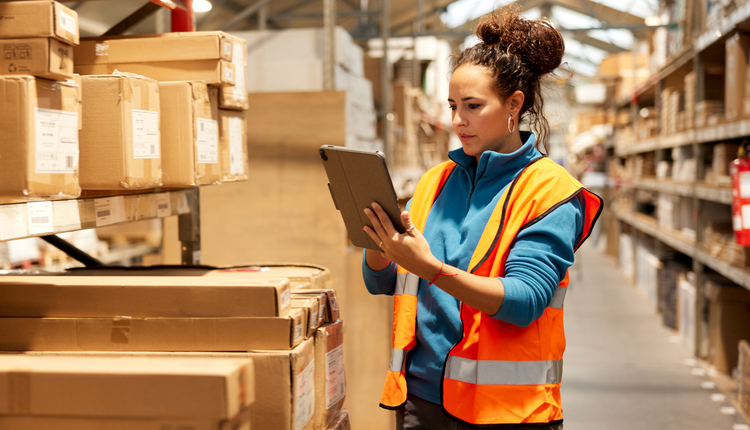The threat of a pandemic had the ability to break the weak supply chains and embolden the strong ones. The ones less prepared have struggled in getting supplies, finding workers, protecting their workers, and shipping orders. The more prepared had contingency plans for a disaster in order to be able to perform; maybe not to the efficiency of prior years, but they were at least able to continue to service their customers. This never before experienced pandemic here in the United States can be a great educational tool for companies that want to get better, and it may be the detriment to those that don’t evaluate how they can be better. Let’s take a look at what the pandemic has brought to light.
1. Procedures need to be in place to contain germs and viruses, preventing the re-spreading to not only customers, vendors, and suppliers, but also to fellow associates. Is it feasible to have workers wear masks in a warehouse that is not air conditioned? Probably not, but that doesn’t mean safety procedures to ensure and limit the spread of germs and viruses isn’t needed.
2. COVID-19 brought to the forefront the security of product coming from different countries, as well as the need for space to quarantine and inspect items from certain regions and the necessity of alternate suppliers. If you waited until after the crisis hit, it’s far too late to get different suppliers on board. Setting up alternate suppliers is required as you attempt to minimize risk in the supply chain. Diversifying suppliers around the globe closer to the demand will be a trend going forward.
3. E-commerce saw a boom. People will slowly start venturing out to get staples but will likely not spend hours shopping. Instead, e-commerce sites will see an enormous increase in volume, which will set a trend of ease and lessened complexity for the consumer. How do you make sure your company is one of the companies that learns from the pandemic lesson? First, inventory management is important. If you have multiple sites with product, obviously you want to ship the ordered product from the closest facility. But if the product is not in stock at the nearest facility, you must know the next nearest and be able to separate the order into two types without duplicating shipments (most of the time the customer will never mention you shipped two or more but will definitely call when you shorted them an item). Secondly, this pandemic has shown a need for a hybrid. If the distribution facility is in NY and closed, but product is available at your store nearby, a skeleton staff could come in and pick and ship orders.
4. Do you have enough workers? It’s not as if the shutdown wasn’t bad enough, but now as things open up, some will not return to work. What now? Just like peak season, many have gone to their alternative plans with bonuses, prizes, and other incentives. Hopefully, you were smart enough to stay in communication informing employees of what your facility was doing to ensure safety standards, customer product flow, and future working environments. For instance, many implemented a washing hands policy before entering a facility, setting up portable sinks with sanitizer soap, giving more breaks during the day to wash hands.
5. Another item that I’ve been preaching for many years is that facilities must limit the human touches in distribution centers. Usually, this means better productivity, throughput, and accuracy, and after recent events, now you can add safety to the list.
The suggestion as we slowly return to a new evolved normal: bring your team together for think tanks. What did we do well, what could we do better, and how did we absolutely fail? Meet with your shippers and include a think tank with them to see what they learned from this valuable lesson. What are they going to do differently? What do they have planned for improvement of procedures and elimination of bad processes? Next, meet with your suppliers and merchandisers and garner the same type of information. After you have assimilated all their answers, you will be able to develop a plan to respond faster and be more prepared.
One thing that’s for certain, many things changed during the first half of year 2020 and we will have to see how the rest of the year evolves. The supply chains that were agile are responding and improving. Some supply chains are still putting out fires, but the uncertainty of the future will certainly bring change. Learning from the lessons will put you on the positive side of that change. Stay safe!
Susan Rider, President, Rider & Associates and Executive Life Coach, can be reached at susanrider@msn.com.
This article originally appeared in the July/August, 2020 issue of PARCEL.



















